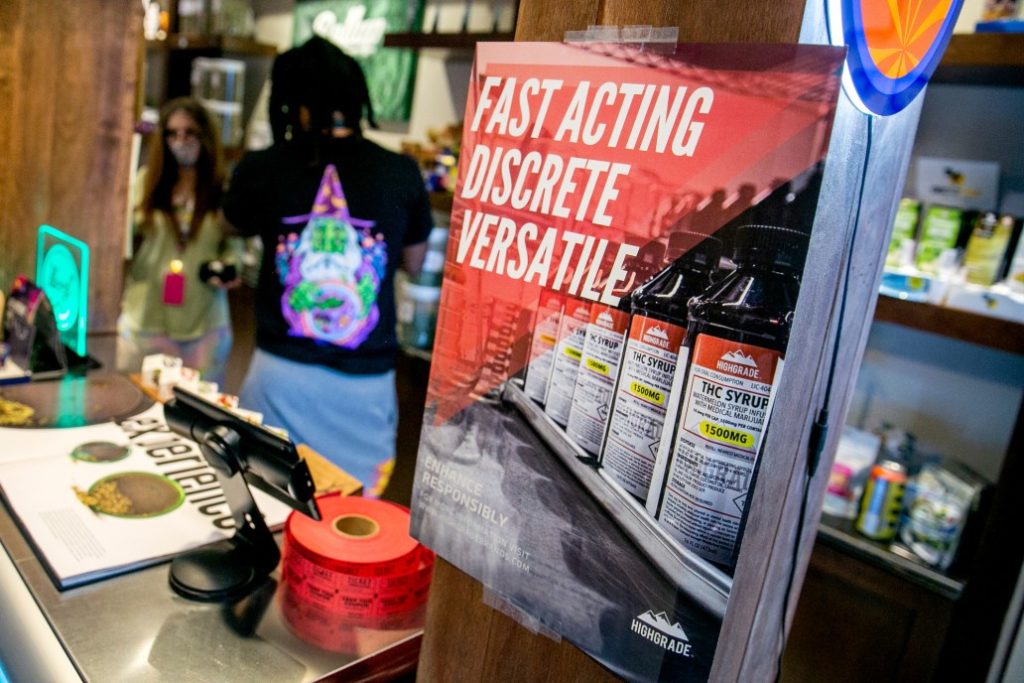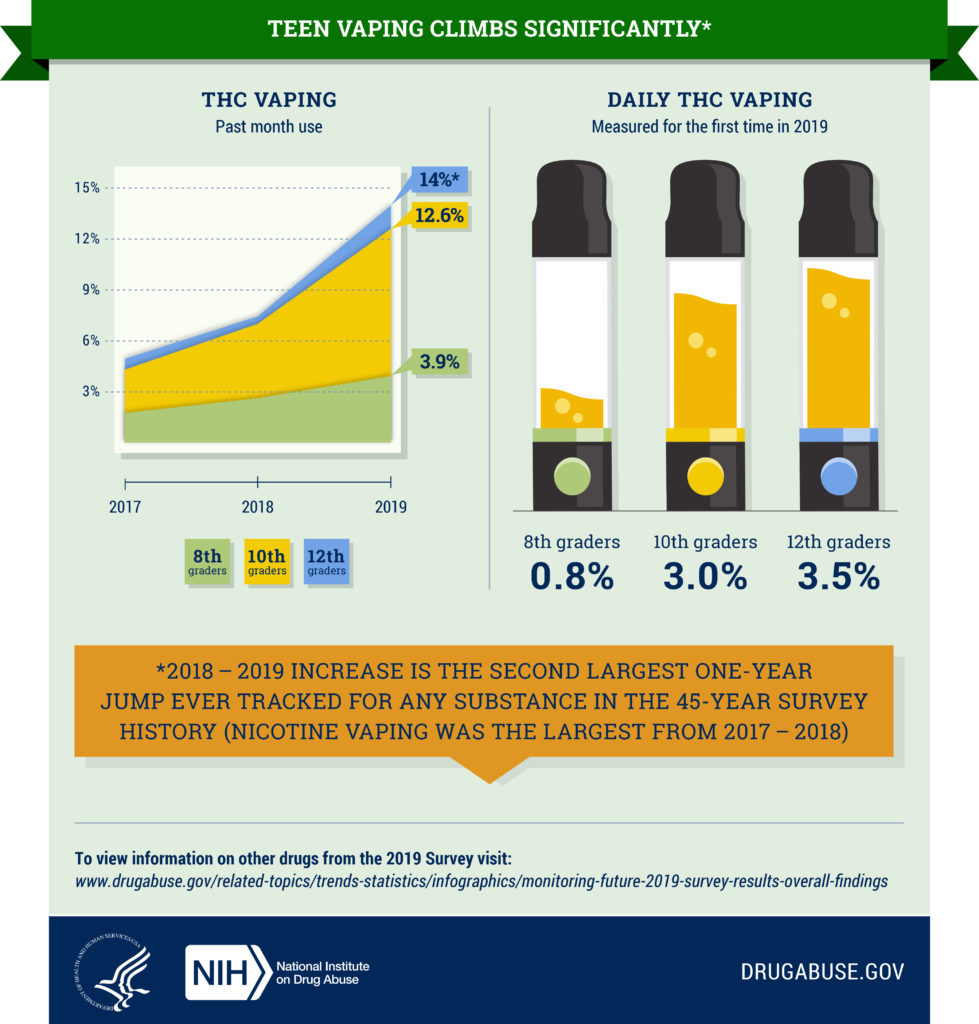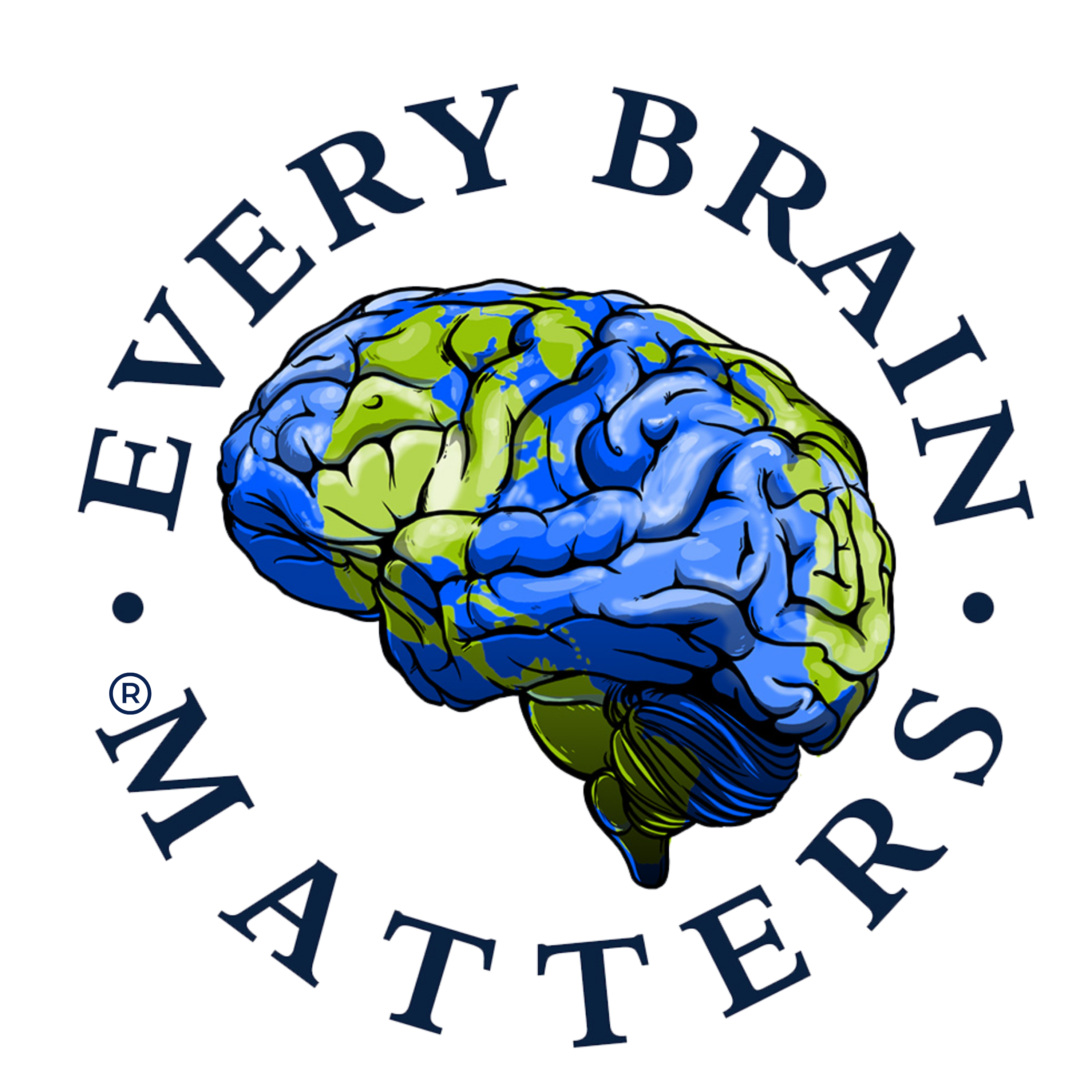- Recreational cannabis legalization alters associations among cannabis use, perception of risk, and cannabis use disorder treatment for adolescents and young adults 2022, November 17
- United States marijuana legalization and opioid mortality epidemic during 2010–2020 and pandemic implications, 2022, August
- Impacts of recreational cannabis legalization on cannabis use: a longitudinal discordant twin study, 2022, August
- Major Uptick Reported in Cannabis Vaping for All Adolescents 2022, May 19
Results
Following recreational legalization: 1) adolescent and young adult past-month cannabis use prevalence increased; 2) among both adolescents and young adults, the association of lower perception of risk of harm with higher cannabis use prevalence was strengthened; 3) among adolescents, the association of higher cannabis use prevalence with higher CUD treatment admissions was suppressed; and 4) among young adults, an association of higher cannabis use prevalence with lower CUD treatment admissions emerged.
Conclusions
Recreational legalization is likely to increase cannabis use among adolescents and young adults who perceive cannabis as less harmful, while at the same time reduce rates of CUD treatment utilization. These trends portend an increase in unmet need for CUD treatment for age groups particularly vulnerable to the development and negative consequences of CUD.
Major Uptick Reported in Cannabis Vaping for All Adolescents
LARGEST INCREASES FOUND AMONG HIGH-SCHOOL SENIORS, TRIPLING IN 2 YEARS FROM 5 TO 14 PERCENT
May 19, 2022
Cannabis vaping is increasing as the most popular method of cannabis delivery among all adolescents in the U.S., as is the frequency of cannabis vaping, according to research at Columbia University Mailman School of Public Health. The study found that the frequency of vaping cannabis among adolescents from all demographic groups is reported at six or more times per month, and rising faster than occasional use. Those who vape and smoke nicotine are more than 40 times more likely to also vape and smoke cannabis.
Marijuana and hallucinogen use among young adults reached all-time high in 2021
NIH-supported study also found past-month vaping levels rebound after early pandemic drop.
August 22, 2022
Marijuana and hallucinogen use in the past year reported by young adults 19 to 30 years old increased significantly in 2021 compared to five and 10 years ago, reaching historic highs in this age group since 1988, according to the Monitoring the Future (MTF) panel study. Rates of past-month nicotine vaping, which have been gradually increasing in young adults for the past four years, also continued their general upward trend in 2021, despite leveling off in 2020. Past-month marijuana vaping, which had significantly decreased in 2020, rebounded to pre-pandemic levels in 2021.
Marijuana Use: Past-year, past-month, and daily marijuana use (use on 20 or more occasions in the past 30 days) reached the highest levels ever recorded since these trends were first monitored in 1988. The proportion of young adults who reported past-year marijuana use reached 43% in 2021, a significant increase from 34% five years ago (2016) and 29% 10 years ago (2011). Marijuana use in the past month was reported by 29% of young adults in 2021, compared to 21% in 2016 and 17% in 2011. Daily marijuana use also significantly increased during these time periods, reported by 11% of young adults in 2021, compared to 8% in 2016 and 6% in 2011.
Hallucinogen Use: Past-year hallucinogen use had been relatively stable over the past few decades until 2020, when reports of use started to increase dramatically. In 2021, 8% of young adults reported past-year hallucinogen use, representing an all-time high since the category was first surveyed in 1988. By comparison, in 2016, 5% of young adults reported past-year hallucinogen use, and in 2011, only 3% reported use. Types of hallucinogens reported by participants included LSD, MDMA, mescaline, peyote, “shrooms” or psilocybin, and PCP. The only hallucinogen measured that significantly decreased in use was MDMA (also called ecstasy or Molly), showing statistically significant decreases within one year as well as the past five years – from 5% in both 2016 and 2020 to 3% in 2021.
Vaping: Nicotine vaping in the past month increased significantly among young adults in 2021 despite leveling off in 2020 during the earlier part of the pandemic. The continued increase in 2021 reflects a general long-term upward trend: in 2021, nicotine vaping prevalence nearly tripled to 16% compared to 6% in 2017, when the behavior was first recorded.
Frequency of adolescent cannabis smoking and vaping in the United States: Trends, disparities and concurrent substance use, 2017–19
Aim
To quantify the trends in frequent and occasional cannabis vaping, demographic differences and concurrent nicotine and alcohol use.
Design
Observational study. Survey-weighted multinomial logistic regression models assessed trends and disparities in past 30-day cannabis use. Trends were assessed overall and by sex, race/ethnicity, parental education and urbanicity. Multinomial logistic regression models also estimated associations of cannabis use (none, use without vaping, use with vaping) with past 2-week binge drinking and past 30-day nicotine/tobacco use.
Setting
United States, 2017–19.
Participants
Participants in the national Monitoring the Future (n = 51 052) survey.
Measurements
Past 30-day frequent cannabis use (six or more times/30 days) and past 30-day occasional use (one to five times/30 days), with and without vaping.
Findings
Past 30-day frequent cannabis use with vaping and occasional use with vaping rose from 2017 to 2019. Past 30-day frequent and occasional cannabis use without vaping declined. Certain groups, such as Hispanic/Latino or lower socio-economic status adolescents, experienced particularly notable increases in frequent cannabis use with vaping (e.g. prevalence among Hispanic/Latino adolescents). Adolescents who reported smoking and vaping nicotine, and 10+ occasions of binge drinking, were 42.28 [95% confidence interval (CI) = 33.14–53.93] and 10.09 (95% CI = 4.51–22.53) times more likely to report past 30-day cannabis use with vaping, respectively, compared with no use.
Discussion
Cannabis use without vaping appears to be declining among adolescents in the United States, while cannabis use with vaping is accelerating; frequent cannabis vaping is especially increasing, with consistent increases across almost all adolescent demographic groups. Cannabis use among US adolescents remains highly associated with other substance use.
Concerns Over Teens And High Potency Marijuana Have No Easy Answers At Statehouse
Concerns Over Teens And High Potency Marijuana Have No Easy Answers At Statehouse
Published Online: February 15, 2021
“These high-potency products haven’t really been addressed from a public health perspective,” said Dr. Sam Wang, a professor of pediatrics at Children’s Hospital Colorado. He helped author a state health department study on high potency marijuana which analyzed existing research and available data.
Wang said recent health surveys show that there aren’t more young people using marijuana, but those who do, use it more frequently and are increasingly using methods — like dabbing and vape pens — associated with higher concentration products. Findings like that are leading to concern by Wang and others about the potential for lasting psychological damage to young users; although studies have not established a causal link between marijuana use and psychological impacts.
“There’s moderate evidence that individuals who use marijuana with THC concentrations of greater 10 percent are more likely than non-users to be diagnosed with a psychotic disorder, including specifically schizophrenia,” said Wang. “THC toxification can also lead to acute psychotic symptoms and that’s worse at higher THC doses.”
Stats & Trends in Teen Drug Use with Interactive Chart
Monitoring the Future: Annual Survey of Teen Drug Use
Each year, NIDA-funded researchers at the University of Michigan survey students in 8th, 10th, and 12th grades on their behaviors and attitudes about substance use. The survey results are released the same year the data are collected. According to the 2020 Monitoring the Future (MTF) survey:
- From 2017 to 2019, the percentage of teenagers who said they vaped nicotine in the past 12 months roughly doubled for eighth graders from 7.5% to 16.5%, for 10th graders from 15.8% to 30.7%, and for 12th graders from 18.8% to 35.3%. In 2020, the rates held steady at a respective 16.6%, 30.7%, and 34.5%.
- Daily marijuana vaping significantly decreased among 10th graders from 3% in 2019 to 1.7% in 2020.
- Among eighth graders, past 12-month use of inhalants has increased from 3.8% in 2016 to 6.1% in 2020, a 64% proportional increase, unlike 12th graders, who reported an all-time low use of inhalants.
- How to use the interactive chart: Select by drug, year, grade, and duration to see teen drug use trends. Use the Share and Download icons at the bottom of the char.
Healthy Kids Colorado Survey (HKCS) data
Healthy Kids Colorado Survey (HKCS) is a voluntary, anonymous survey completed by Colorado public high school and middle school students every two years. The survey asks questions about marijuana use and methods.
Recreational Marijuana Legalization and Use Among California Adolescents: Findings From a Statewide Survey
Journal of Studies on Alcohol and Drugs, 82(1), 103–111 (2021).
Published Online: February 15, 2021
Abstract
Objective:
The legalization of recreational marijuana use and retail sales raises concerns about possible effects on marijuana use among adolescents. We evaluated the effects of recreational marijuana legalization (RML) in California in November 2016 on use among adolescents and investigated subgroup differences in these effects.Method:
We analyzed data from successive cross-sectional samples of 7th, 9th, and 11th grade students (N = 3,330,912) who participated in the California Healthy Kids Survey from 2010–2011 to 2018–2019. Participants reported grade, sex, ethnicity, race, and lifetime and past-30-day marijuana use.Results:
Multilevel analyses showed that RML was associated with increases in the likelihood of lifetime (odds ratio = 1.18, 95% CI [1.15, 1.21], p < .01) and past-30-day marijuana use (odds ratio = 1.23, 95% CI [1.20, 1.26], p < .01) relative to previous downward trends. RML was more strongly associated with increases in prevalence of marijuana use among 7th versus 9th and 11th graders, females versus males, non-Hispanic versus Hispanic youth, and White versus African American, American Indian/Native Alaskan, and multiracial youth. Overall, RML was not significantly associated with frequency of past-30-day use among users, although stronger positive associations between RML and frequency of use were found for 11th graders, Asian Americans, and African Americans. The association was weaker for females.Conclusions:
RML in California was associated with an increase in adolescent marijuana use in 2017–2018 and 2018–2019. Demographic subgroup differences in these associations were observed. Evidence-based prevention programs and greater local control on retail marijuana sales may help to reduce marijuana availability and use among adolescents.

Am J Prev Med.2020 Feb;58(2):e63-e69. doi: 10.1016/j.amepre.2019.09.020.
Recreational Marijuana Availability in Oregon and Use Among Adolescents
Mallie J Paschall 1, Joel W Grube 2
Abstract
Introduction: This study investigated whether legalization of recreational marijuana sales and retail availability of marijuana in Oregon counties were associated with higher levels of marijuana use and related beliefs among adolescents.
Methods: Biennial data for 6th, 8th, and 11th graders from the 2010-2018 Student Wellness Survey in 35 Oregon counties (n=247,403) were analyzed in 2019 to assess changes in past 30-day marijuana use and beliefs (e.g., perceived availability of marijuana) in counties that allowed recreational marijuana sales in unincorporated areas beginning in October 2015 versus counties that did not. Analyses were also conducted with 2016 and 2018 Student Wellness Survey data (n=101,419) to determine whether the association between allowing recreational marijuana sales and marijuana use could be accounted for by retail marijuana outlet density and beliefs.
Results: Higher rates of past 30-day marijuana use and more favorable beliefs were observed in counties that allow recreational marijuana sales in unincorporated areas, both before and after legalization of recreational sales in 2015. The prevalence of past 30-day marijuana use increased, relative to the downward secular trend, after legalization both in counties that did and did not allow recreational marijuana sales. There were parallel changes in beliefs favorable to marijuana use. Analyses with 2016 and 2018 Student Wellness Survey data suggested that the association between allowing recreational marijuana sales and past 30-day marijuana use could be accounted for by retail marijuana outlet density and beliefs.
Conclusions: Legalization and greater retail availability of recreational marijuana are positively associated with marijuana use among adolescents.
Youth use increased in legalized states as compared to states without legal recreational marijuana
Our MissiAssociation Between Recreational Marijuana Legalization in the United States and Changes in Marijuana Use and Cannabis Use Disorder From 2008 to 2016on
Question
How did marijuana use and cannabis use disorder change during 2008 to 2016 after the legalization of recreational marijuana in the United States?
Findings
In this multilevel, difference-in-difference survey study with 505 796 respondents comparing marijuana use before and after the legalization of recreational marijuana in the United States, the proportion of respondents aged 12 to 17 years reporting cannabis use disorder increased from 2.18% to 2.72%, while the proportion of respondents 26 years or older reporting frequent marijuana use increased from 2.13% to 2.62% and those with cannabis use disorder, from 0.90% to 1.23%.
Meaning
This study’s findings suggest that possible increases in the risk for cannabis use disorder among adolescent users and increases in frequent use and cannabis use disorder among adults after legalization of recreational marijuana use may raise public health concerns and warrant ongoing study.

Youth being more likely to use potent products in legalized states
Abstract
Background—Alternative methods for consuming cannabis (e.g., vaping and edibles) have
become more popular in the wake of U.S. cannabis legalization. Specific provisions of legal
cannabis laws (LCL) (e.g., dispensary regulations) may impact the likelihood that youth will use
alternative methods and the age at which they first try the method – potentially magnifying or
mitigating the developmental harms of cannabis use.
Methods—This study examined associations between LCL provisions and how youth consume
cannabis. An online cannabis use survey was distributed using Facebook advertising, and data
were collected from 2630 cannabis-using youth (ages 14–18). U.S. states were coded for LCL
status and various LCL provisions. Regression analyses tested associations among lifetime use and
age of onset of cannabis vaping and edibles and LCL provisions.
Results—Longer LCL duration (ORvaping: 2.82, 95% CI: 2.24, 3.55; ORedibles: 3.82, 95% CI:
2.96, 4.94), and higher dispensary density (ORvaping: 2.68, 95% CI: 2.12, 3.38; ORedibles: 3.31,
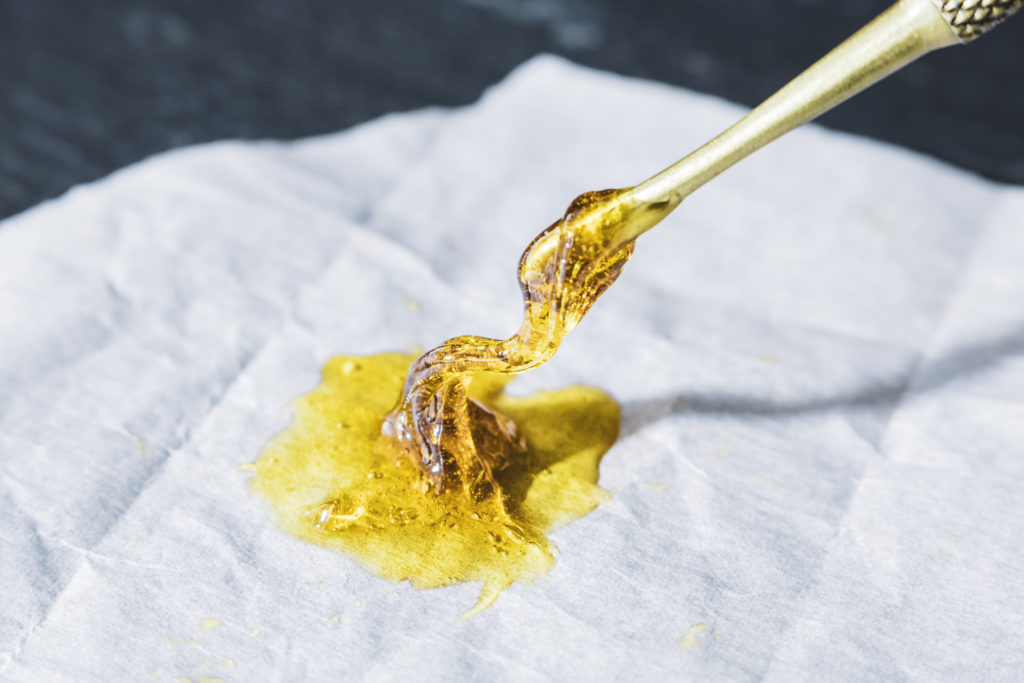
The use of more potent products is associated with greater risk of addiction (and if addicted, escaping the mental health consequences becomes obviously more difficult)
Changes in cannabis potency and first-time admissions to drug treatment: a 16-year study in the Netherlands
Conclusions: In this 16-year observational study, we found positive time-dependent associations between changes in cannabis potency and first-time cannabis admissions to drug treatment. These associations are biologically plausible, but their strength after adjustment suggests that other factors are also important.
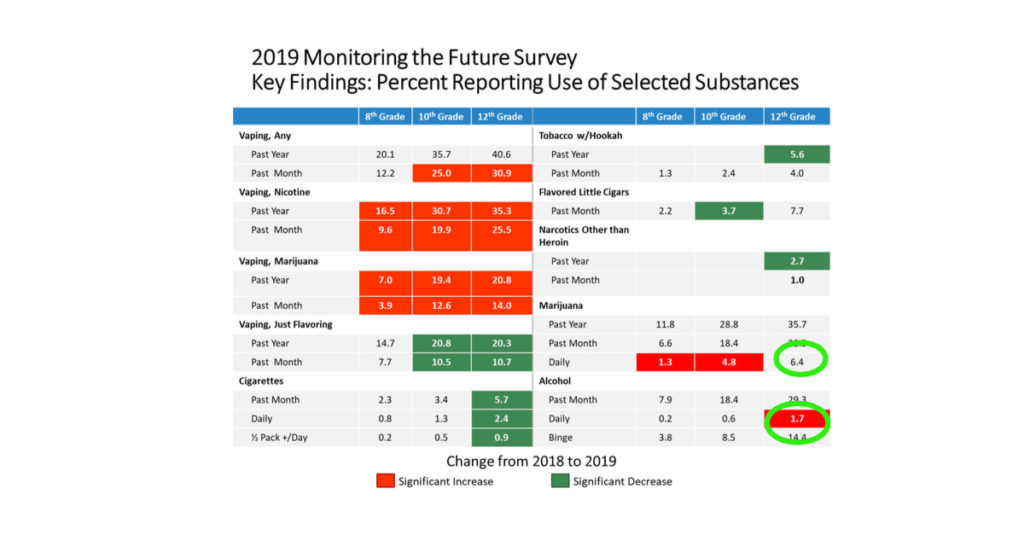
Youth Use
Marijuana use among young people in “legal” states is alarmingly high.

Marijuana youth use is INCREASING!!!!
People can have different opinions, but the statement “Every single study, in every single state, has shown teen use either unchanged or decreased once the regulated market displaces the existing unregulated cannabis market” is just wrong.
Here is one from Oregon: “New research from the Prevention Research Center of the Pacific Institute for Research and Evaluation suggests that legalization and greater retail availability of recreational marijuana are positively associated with marijuana use among adolescents.”
Here is another one: Problematic use of marijuana among adolescents and adults increased after the legalization of recreational marijuana use, according to a new study from NYU Grossman School of Medicine and Columbia University Mailman School of Public Health.https://www.sciencedaily.com/releases/2019/11/191113153049.htm
And that JAMA peds letter was debunked. It didn’t look at the commercial sales period and didn’t compare use vs states that didn’t legalize. The trends in teen use states with commercial markets are worse than in states that didn’t legalize.
https://jamanetwork.com/journals/jamapediatrics/article-abstract/2754819
https://jamanetwork.com/journals/jamapediatrics/article-abstract/2754817
